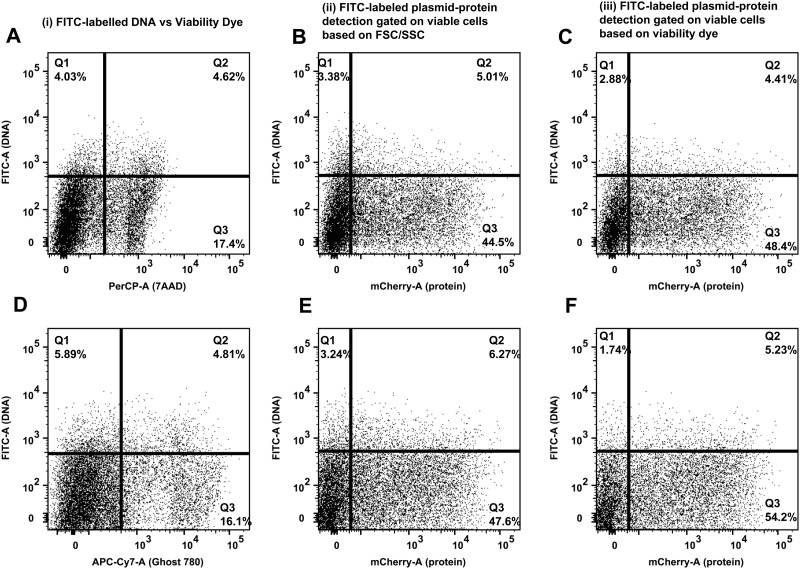Fig 3. Determination of cell viability in described flow cytometric method that quantifies transfection efficiency.
Representative transfections are shown. 293T cells underwent chemical transfection using the TransITX2 transfection reagent and the mCherry plasmid as described in Fig 1. Cell viability and co-expression of DNA taken up by cells and target protein were analyzed 24 h after transfection. Cell viability was assessed by flow cytometry using two independent approaches: a) viable cells were gated based on forward and side scatter as shown in Fig 1 b) viable cells were gated based on nucleic acid [7-AAD: 7-Aminoactinomycin D, A-C] and amine reactive (Ghost 780 Live/dead dye, D-F) viability dyes. Representative plots from 3 independent experiments are shown. As expected the chemical transfection and the DNA plasmids per se are toxic to the cells. Similar data were obtained using 2 independent viability dyes [7AAD (A), Ghost 780 (D)]. Overall cellular toxicity was similar (10–40%) among the 3 methods [FSC/SSC (Fig 1), nucleic acid and amine reactive death dyes](Fig 4). The mean viability of the untransfected 293T cells was >85%. In addition, determination of the transfection efficiency based on two independent readouts (DNA plasmid uptake and protein expression) was similar by gating on viable cells based on either FSC/SSC (B, E) or viability dye (C, F).

